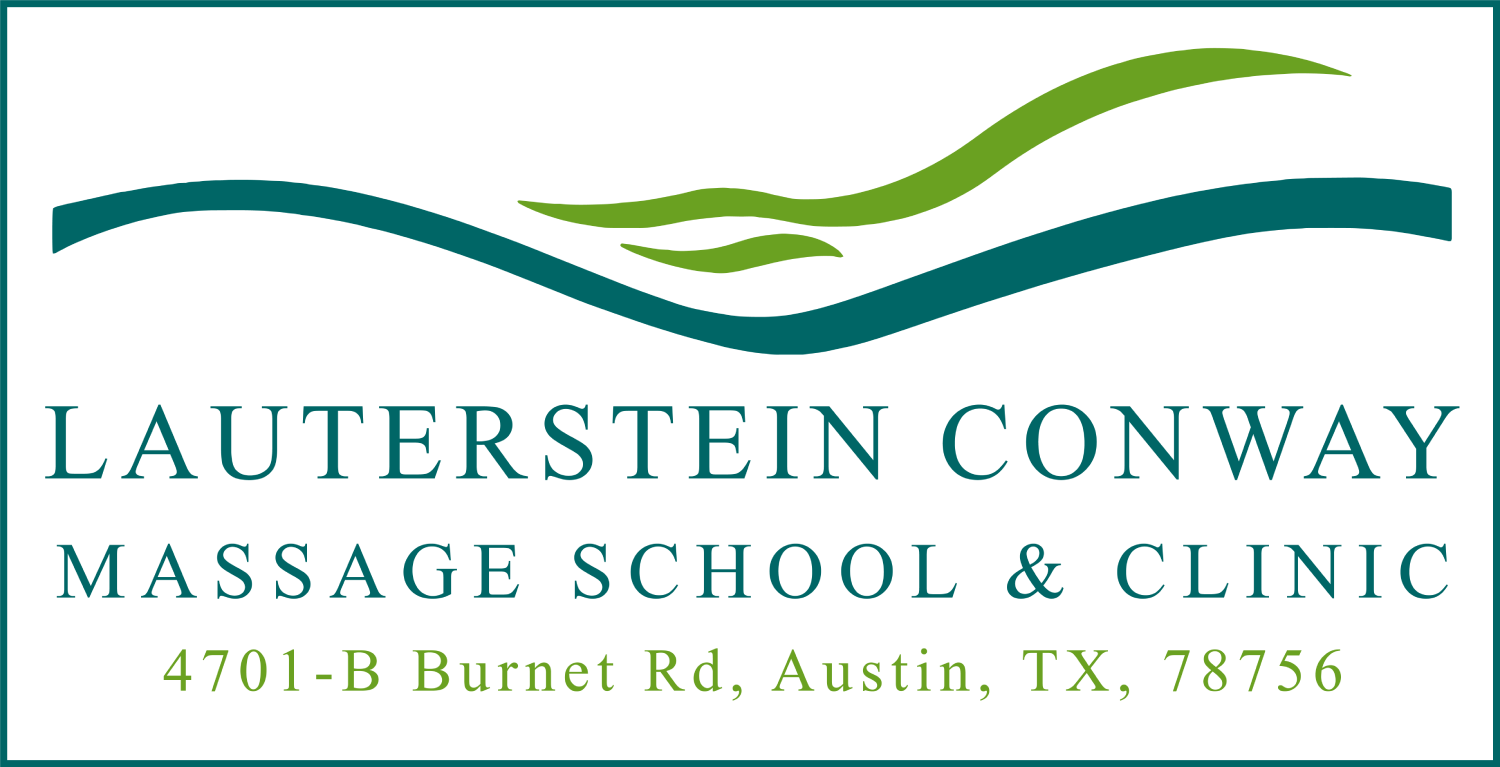by Brian Utting
The phrase ‘deep tissue work’ is used in so many contexts that it’s hard to know what it means anymore. To some practitioners, ‘deep tissue’ simply means deep pressure. To others, it has more fascial, myofascial, or structural connotations. Muscle-specific deep tissue work still works with the fascia, and uses deep pressure when appropriate, but is more focused and precise. Like structural work, it has a strategy, but it gets there by releasing the individual muscles as well as the fascia.
In the case of the legs, we will still contact the fascial wrapping around the legs (as well as the iliotibial tract and the large muscles of the legs), but in addition we will focus on the smaller intrinsic muscles of the feet, the joints of the feet, and important and often-missed muscles like the deep calf flexors and the popliteus.
The deep calf flexors (tibialis posterior, flexor hallucis longus, flexor digitorum longus) are plantarflexors and invertors of the foot, but their most important function may be maintaining the arch and stabilizing the foot on uneven terrain. They are often passed over in a typical deep tissue session, but are critical to maintaining balance not only in the foot, but also between the tibialis anterior, peroneus longus, and the gastrocnemius and soleus. Blunt, deep-pressure strokes and broad fascial strokes generally don’t get to the deep calf flexors, and are sometimes even dangerous. One needs to sift through the more superficial structures and use clean, precise strokes to release these muscles, since they are surrounded by nerves, blood vessels, and lymph beds. Runners especially appreciate this work, since they use these muscles so intensively, but rarely get them released, either from stretching or from bodywork. Based on my experience, the work improves performance and prevents and/or speeds recovery from injuries.
Muscle-specific deep tissue work for the shoulder not only addresses the relationship (both fascial and muscular) between all the muscles that support and suspend the shoulder, but gets to the smaller stress points on the scapula and the surfaces and ruts of the rib cage that are often passed over. It’s liberating and feels great when everything is released and working in harmony.
The arms and hands respond extremely well to muscle-specific deep tissue work; there are many muscles living alongside each other that rarely (if ever) get stretched and separated from each other. In addition, there are 30 bones and numerous joints that benefit from having motion introduced into them once the fascial and muscular structures (both superficial and deep) are unglued. There are also many bony surfaces in the hands and fingers that need to be cleaned up from time to time, just as we periodically go to the dentist to get our teeth cleaned. For massage therapists, this is especially valuable, since our hands and arms are our primary instruments. Practitioners not only learn a number of useful techniques in this section of the class, but also receive some valuable self-care.
To learn more, register for the Muscle-Specific Deep Tissue workshops with Brian Utting on October 11 & 12. CLICK HERE to register for the Legs & Hips workshop. CLICK HERE to register for the Shoulder Girdle, Arms, & Hands workshop. Register for both workshops at a discounted price!
